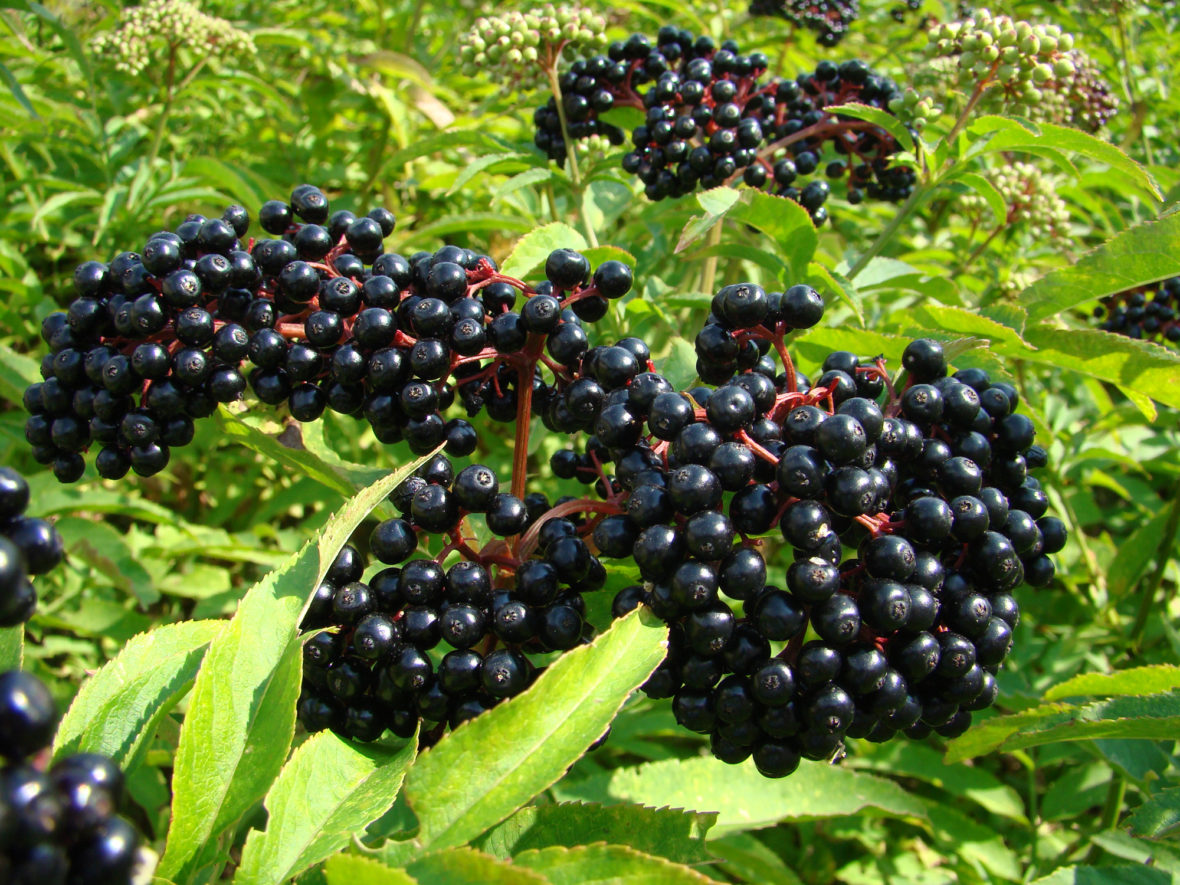Elderberry, or sambucus, is a genus of flowering plants in the family Adoxaceae. The genus was formerly placed in the honeysuckle family, Caprifoliaceae, but was reclassified as Adoxaceae due to genetic and morphological comparisons to plants in the genus Adoxa. Take a look below for 24 more fun and interesting facts about elderberry.
1. Elderberry primarily grow in temperate to subtropical regions of the world.
2. They are more widespread in the Northern Hemisphere. Its Southern Hemisphere occurrence is restricted to parts of Australasia and South America.
3. Many species of elderberry are cultivated for their ornamental leaves, flowers and fruit.
4. Ornamental varieties of elderberry are grown in gardens for their showy flowers, fruits and lacy foliage. Native species of elderberry are often planted by people wishing to support native butterfly and bird species.
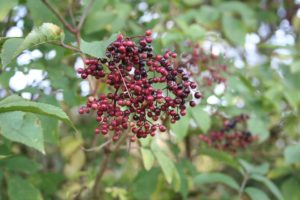
5. Elderberry fruit and flowers are used as dietary supplements for minor diseases such as fly, colds, constipation, and other conditions. It’s often served as a tea, extract or in a capsule.
6. There isn’t much research that would suggest elderberry has any effectiveness for treating the flu, colds or constipation.
7. Elderberry grows in swampy habitats and other areas that provide enough water.
8. The plant requires fertile, well-drained soil and full or partial Sun for the successful development.
9. Elderberry can grow in the form of shrub or small tree, depending on the variety, that can reach up to 6 feet in both height and width.
10. It produces pinnate leaves, composed of 5 to 7 oppositely arranged leaflets. The leaves are green colored and serrated on the edges.
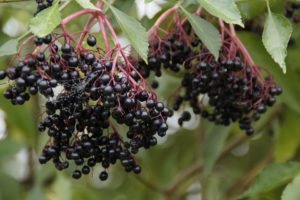
11. It develops ivory white flowers arranged in multi-branched, flat inflorescence called corymbs. Elderberry blooms during the spring and summer and the flowers are very fragrant.
12. Flies are primarily responsible for the pollination of elderberries. They can also perform self-pollination in the case that cross-pollination is not possible.
13. The fruit of elderberry plants is purple or black colored. Each berry consists of a centrally positioned pit, surrounded with a juicy flesh. Berries are produced in drooping clusters during the autumn.
14. Elderberry plants can produce 12 to 15 pounds of berries per year.
15. The leaves and fruit of elderberry plants are an important food source for birds, elk and mule deer. The consumption of fruit facilitates dispersal of seeds.
16. All parts of the plant, except the flowers and fruit, contain a toxic chemical called sambunigrin.
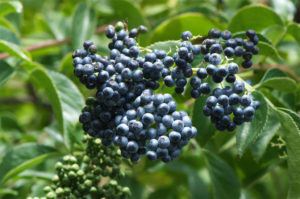
17. Elderberries are a rich source of dietary fibers, vitamins C, A, and vitamins of the B group and minerals such as calcium, iron, manganese, selenium and zinc.
18. Flowers of elderberry plants are used for the manufacture of jellies, jams or as an ingredient of cakes and pies.
19. Crushed elderberry leaves released an unpleasant smell. In the past, people used these leaves, usually by attaching it to a horse‘s mane, to repel flies during riding.
20. Elderberry are perennial plants that can survive from 80 to 100 years in the wild.
21. In some myths, the elderberry tree is thought to ward off evil and give protection from witches, while other beliefs say that witches often congregate under the plant, especially when it’s full of fruit.
22. In one myth, it’s believed that if an elderberry tree was cut down, a spirit known as the Elder Mother would be released and take her revenge. The tree could only safely be cut while chanting a rhyme to the Elder Mother.
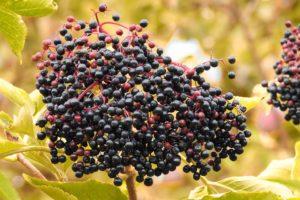
23. Made from the branch of an elderberry tree, the Elder Wand plays a pivotal role in the final book of the Harry Potter series, which was nearly named Harry Potter and the Elder Wand before author J.K. Rowling decided on Harry Potter and the Deathly Hollows.
24. In Northern California, elderberries are a food for migrating band-tailed pigeons.

